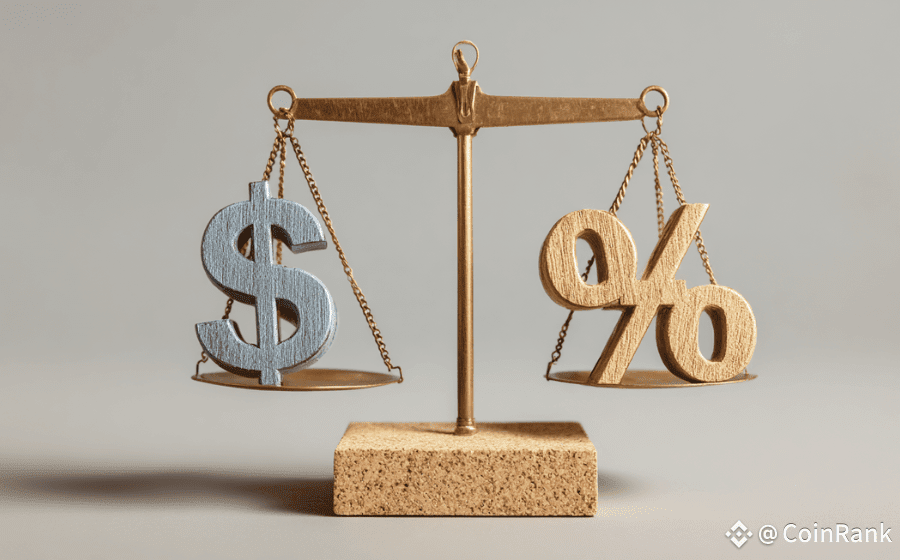The Federal Reserve held interest rates steady at 4.25%–4.50% for the fifth time, aiming to balance inflation control with economic support.
High rates continue to impact housing, consumer spending, and small business growth, while markets welcomed policy stability and clarity.
Global uncertainties and future economic data will shape the Fed’s next moves, with potential rate cuts or pauses depending on inflation and job trends.

On July 31, 2025, the Federal Reserve announced it would keep the federal funds rate unchanged at the 4.25%–4.50% range, marking the fifth consecutive time it has held rates steady. This decision matched market expectations and showed the Fed’s cautious approach in today’s complex economic environment.
Facing persistent inflation, moderate but slowing growth, and global uncertainties, the Fed chose stability to keep policy options open for the future. This article analyzes the reasoning behind the decision, its possible effects on the economy and markets, and what may lie ahead.
ECONOMIC REASONS BEHIND THE DECISION
The main reason for holding rates steady is the fragile balance between inflation and growth. In recent years, U.S. inflation has cooled from its peak, with key indicators like core PCE falling, but still above the Fed’s long-term 2% target. At the same time, the economy shows resilience—GDP continues to grow and consumer spending has slowed but not collapsed.
However, the high-rate environment is starting to weigh on the housing market and small business financing. High mortgage rates have reduced housing transactions, and rising borrowing costs have made business expansion harder.
The Fed knows that cutting rates too early could cause inflation to rise again, while further hikes might hurt growth. Keeping rates steady gives the Fed time to watch new data and evaluate how current policy is working, without shocking the markets. This cautious stance reflects the Fed’s full view of the economy and its aim to balance inflation control with supporting growth.
SHORT-TERM IMPACT ON MARKETS AND ECONOMY
For markets, the Fed’s decision brought short-term stability. Since investors widely expected the rate hold, major indexes like the S&P 500 and Nasdaq showed only small moves. The U.S. dollar index and 10-year Treasury yields also remained mostly stable.
Investors focused more on Fed Chair Jerome Powell’s comments during the press conference, hoping for clues about future rate cuts. Powell is likely to stress the Fed’s data-driven approach, saying that inflation, jobs, and growth will all guide future actions.
For businesses and consumers, high rates mean borrowing remains costly. This may continue to slow housing recovery and force consumers to adjust spending habits under inflation pressure. Small businesses that rely on loans may delay expansion due to high costs, affecting job growth. Still, the Fed’s steady policy gives markets predictability and reduces short-term volatility, helping companies and investors make clearer plans.
GLOBAL CONTEXT AND FUTURE OUTLOOK
The global economy adds more complexity to the Fed’s decision. Geopolitical tensions, energy price swings, and changing policies in other countries all affect the U.S. economy indirectly. For example, moves by the European Central Bank or Bank of Japan can shift global capital flows, impacting the dollar and U.S. exports. Emerging markets face extra pressure from a strong dollar and high global interest rates, raising their debt costs. The Fed’s decision to hold rates gives these economies some relief by reducing upward pressure on the dollar.
Still, if new global uncertainties appear—such as an energy crisis or major supply chain issues—the Fed may have to adjust its stance to manage inflation risks. Looking ahead, the Fed’s future path depends heavily on economic data. If inflation keeps moving toward the 2% goal and growth remains stable, the Fed may consider small rate cuts by late 2025 or early 2026 to support the economy. But if inflation rises again or the job market weakens, such as rising unemployment, the Fed may pause or even hike again.
Markets expect the Fed to stay cautious in upcoming meetings. Tools like the Summary of Economic Projections (SEP) and the dot plot will help signal policy direction. Public speeches by Powell and other Fed officials will also be key for understanding their thinking.
Overall, the Fed’s decision to hold rates steady for a fifth time shows its effort to carefully balance inflation control with supporting growth. This policy offers stability for now, but also reflects the challenges ahead—preventing inflation from returning, while avoiding too much pressure from high rates. In a world of uncertainty, this cautious strategy builds a base for flexible action in the future.
Investors, businesses, and consumers should closely watch key economic data like inflation, jobs, and retail sales to better understand the Fed’s next move. Whatever happens next, this decision gives the economy short-term certainty while keeping future options open.
〈Federal Reserve Holds Rates Steady for Fifth Time: A Balanced Economic Strategy〉這篇文章最早發佈於《CoinRank》。
